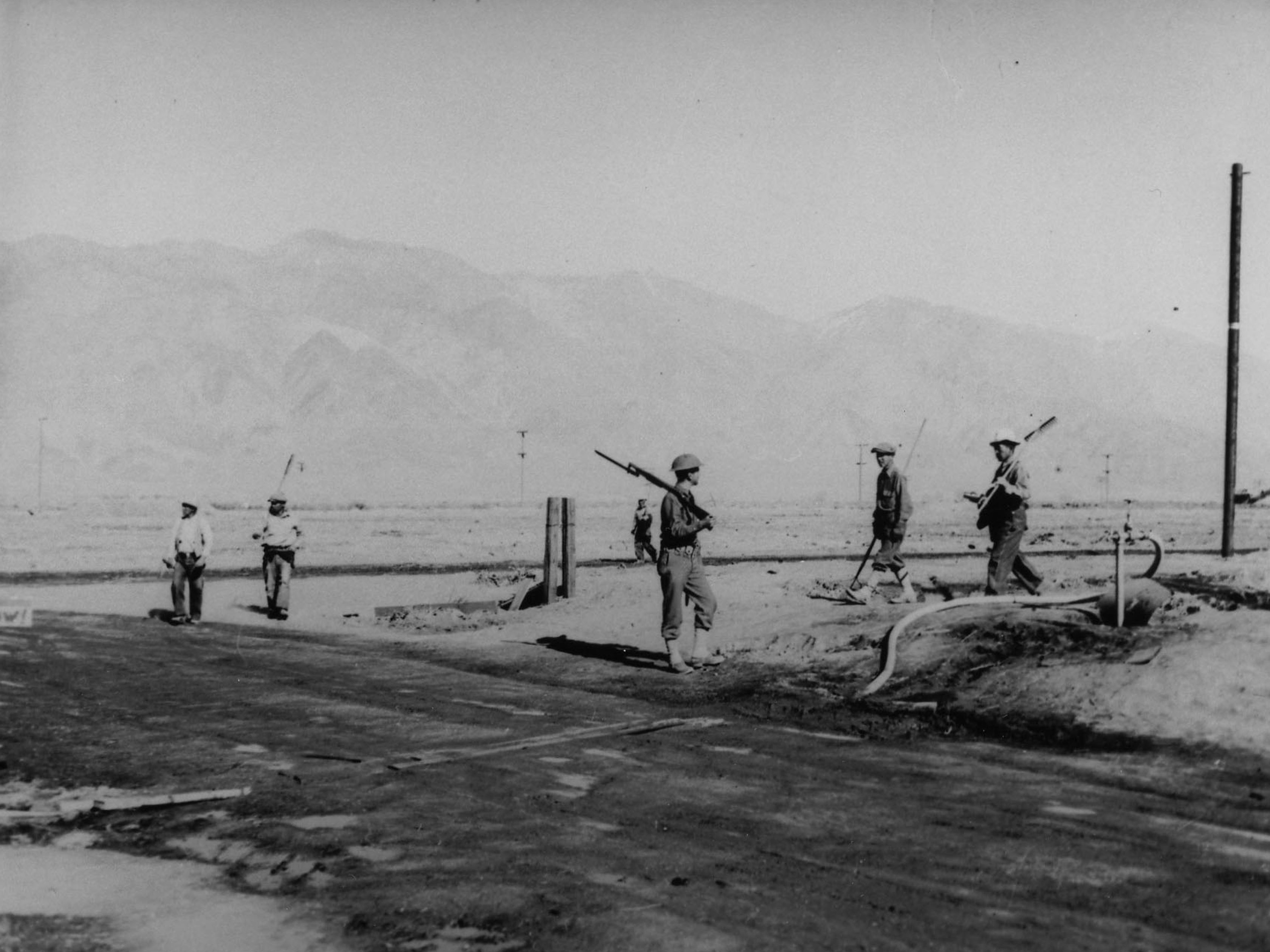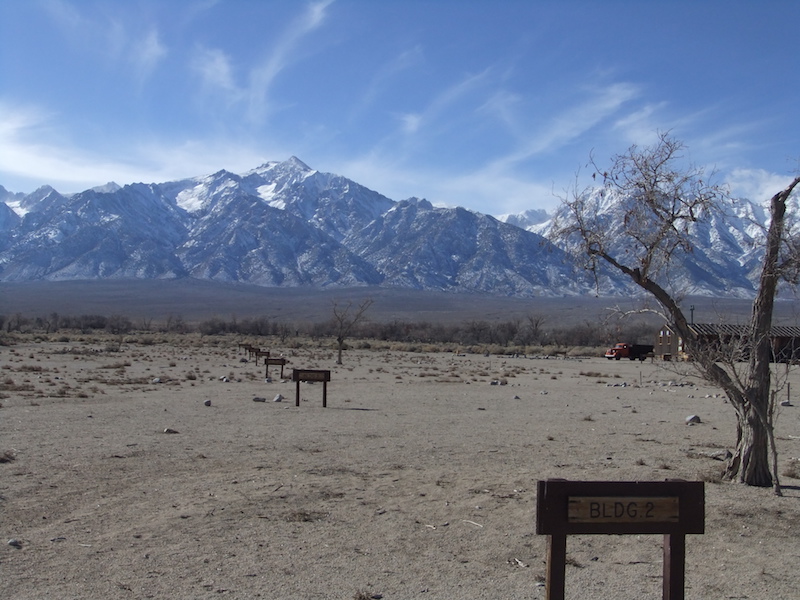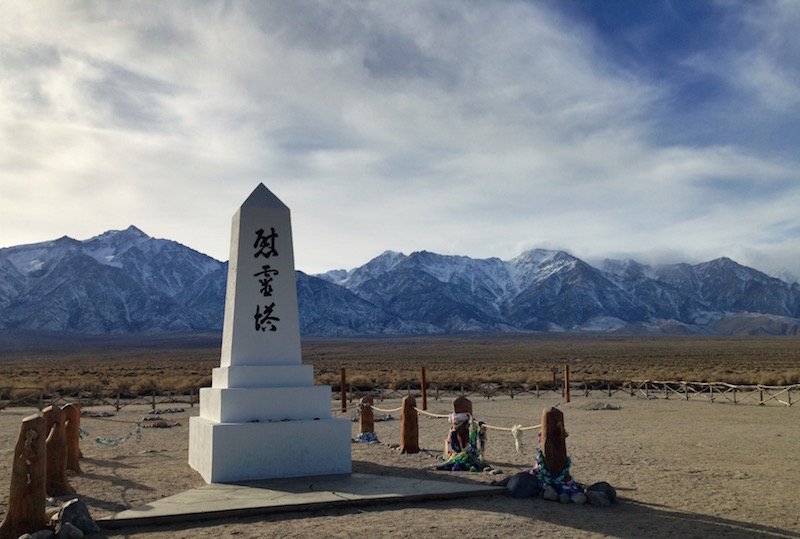Remembering Japanese-American Internment
On February 19, 1942 – two months after the attack on Pearl Harbor – President Franklin Delano Roosevelt signed Executive Order 9066. It authorized the establishment of military areas “from which any or all persons may be excluded” in the interest of national security and defense.[1] In broad terms, it gave the military power to decide who constituted a threat. It did not, as many discussions of it imply, specifically mention Japanese Americans. That fact does not make it any less pernicious.
General DeWitt of the Western Defense Command was convinced that the entire Japanese-American population posed a threat to the nation. Between March and August of 1942 he authorized a series of “exclusion orders” that applied to “all persons of Japanese ancestry”.[2] Authorities removed approximately 110,000 men, women, children, of whom about two-thirds were American citizens, from their homes on the west coast. Without any attempt at due process, they were ordered to store or dispose of their property, herded into groups at assembly centers, given numbered tags, and sent on buses or trains patrolled by armed guards to unknown destinations. The ten internment camps, known euphemistically as “war relocation centers,” were all in desolate, distant locations. Those closest to the coast were more heavily militarized, surrounded by barbed wire and watchtowers. As one man recalled:
We were told that we are being evacuated so that the government can protect us. The first thing that I had observed was that they had armaments, not facing out, but facing in.[3]

No evidence supported the perceived threat. Rather, its origins lay in racism and fear. Adding the two and throwing government propaganda into the mix meant the policy enjoyed widespread support. Both the press and Congress almost unanimously endorsed it. Groups supposedly committed to ending discrimination either supported the policy or looked on in silence as the “gravest violation in civil liberties since the end of slavery” took place.[4]
Many understand the historical lesson of Japanese-American internment, like that of the Holocaust, to be “never again”. But there is another important lesson. It could happen again. Fear is part of human nature and those in power have repeatedly harnessed it against the ‘others’ in society. The record of internment should stand today not as a monument to a past from which we may safely distance ourselves, but as a reminder of what is possible and what we should do all in our power to resist.


[1] Executive Order 9066, February 19, 1942. Full text available from: http://historymatters.gmu.edu/d/5154.
[2] Civilian Exclusion Order, San Francisco, California, May 15, 1942.
[3] Remembering Manzanar, documentary film (National Park Service, 2004).
[4] Eric Foner, The Story of American Freedom (New York: W.W. Norton & Company, 1999), p.241.